The Breakfast Club’s Lost Alternate Ending Revealed
Few people realize that the original ending for The Breakfast Club was anything but uplifting. In early drafts, the characters didn’t leave their Saturday detention with hope but with a sense of defeat, their problems unresolved. John Hughes, known for his heartfelt storytelling, decided to change course after test audiences found the initial conclusion too bleak. The switch to a more optimistic finale, with Judd Nelson’s fist raised in triumph, instantly became one of the most iconic freeze-frames in movie history. This tiny shift turned a potential downer into a universal anthem for misunderstood teens. It’s wild to imagine how differently we’d remember this film if it had ended on a note of despair rather than unity. Every time you see that final walk across the football field, remember—hope wasn’t always the plan.
E.T. and the Candy That Changed Movie Marketing
The beloved alien from E.T. the Extra-Terrestrial could have been lured with M&M’s, but Mars famously turned down the movie’s request. Reese’s Pieces, a less popular candy at the time, seized the opportunity. After the film’s release, sales of Reese’s Pieces shot up by an astonishing 65 percent. This unexpected product placement proved that a simple movie snack could become a marketing legend overnight. Kids everywhere started begging for Reese’s Pieces, and the candy became forever linked with childhood wonder. The deal didn’t just change movie marketing—it made E.T.’s love for candy a symbol of sweet nostalgia. Would the film’s magic have felt the same if Elliot had left out a bowl of peanuts instead?
Ferris Bueller and the Real-Life Rule Breaker
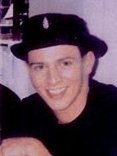
Ferris Bueller wasn’t just a figment of John Hughes’ imagination. The character was inspired by a real friend from Hughes’ youth—a boy who had a knack for skipping class and never getting caught. This real-life Ferris could talk his way out of anything, leaving teachers baffled and classmates in awe. Hughes wanted to capture that sense of invincibility and freedom, giving Ferris the ultimate day off. Watching Ferris outsmart everyone with a wink and a grin suddenly feels more personal. Next time you see Ferris racing through Chicago, remember: somewhere out there, a real-life Ferris Bueller might still be charming his way out of trouble.
Ghostbusters’ Secret Director Cameo and Hidden Gags
Ghostbusters is packed with ghoulish laughs, but most fans miss the sneaky cameo of director Ivan Reitman. Disguised as a ghost in a blink-and-you’ll-miss-it moment, Reitman added his own spirit to the chaos. The film is also sprinkled with inside jokes and spontaneous lines—Bill Murray’s deadpan humor was often improvised, making every scene unpredictable. These secret touches bring the movie’s playful energy to life, rewarding eagle-eyed viewers. Even the Stay Puft Marshmallow Man was almost cut because the studio thought it was too ridiculous. In the end, these hidden gems made Ghostbusters a cult classic, reminding us that sometimes the best laughs are behind the scenes.
The Goonies and the Treasure Map’s Hidden Meaning
On the surface, The Goonies is a wild treasure hunt. But the real riches lie in the film’s deeper message. The treasure map isn’t just a plot device—it’s a metaphor for childhood itself, with all its twists, dangers, and moments of wonder. Each booby trap and secret tunnel reflects the fears and hopes of growing up. The gang’s fierce loyalty, especially in the face of adversity, reminds us that real treasure is found in friendship. The film’s director, Richard Donner, encouraged the cast to improvise and react naturally, making their bonds feel genuine. Watching The Goonies is like reliving your own backyard adventures, map or not.
Back to the Future’s Mind-Bending Timeline Details

Back to the Future dazzled audiences with its time travel plot, but the real magic was in the details. The filmmakers mapped out every jump and paradox with almost obsessive precision, creating a timeline so intricate that fans still debate its logic today. Every prop, every background date, even the changes in the town square were carefully tracked. Michael J. Fox juggled filming the show Family Ties at night and Back to the Future during the day, pouring real exhaustion into Marty’s frantic energy. It’s easy to get swept up in the DeLorean’s flames, but the film’s real secret is its hidden web of cause and effect. Try watching it again and see what small changes you catch in each timeline.
The Princess Bride and Its Layers of Hidden Symbolism
The Princess Bride is more than a fairy tale—it’s a subtle meditation on love, loyalty, and storytelling itself. The film’s villains and heroes are deliberately exaggerated, echoing the way children see the world. Director Rob Reiner filled the movie with hidden visual cues, like the recurring motif of hands (to show connection) and mirrors (to reflect true selves). The story’s famous line, “As you wish,” is repeated as a secret code for love, deepening its emotional pull. The film invites viewers to look beyond the surface, revealing new meanings with each rewatch. Even the sword fights are choreographed as if they’re a dance, blending danger and romance.
Stand By Me and Its Bittersweet Messages on Childhood
Stand By Me is often remembered for its coming-of-age adventure, but the hidden message is all about loss and nostalgia. The story, based on a Stephen King novella, explores how childhood friendships shape who we become—and how quickly that innocence can fade. Director Rob Reiner encouraged the young cast to bond offscreen, resulting in a chemistry that feels heartbreakingly real. The film’s melancholy ending, with adult Gordie reflecting on lost friends, hits hard for anyone who’s ever looked back at old photos. Stand By Me isn’t just about finding a body; it’s about holding onto fleeting moments that define us.
Dirty Dancing’s Secret Social Commentary
Dirty Dancing delivers romance and unforgettable dance numbers, but its secrets run much deeper. The film quietly tackles issues like class differences and women’s rights, themes that were bold for the time. The character of Penny, struggling with an unwanted pregnancy, was a risky storyline that nearly got the film pulled by nervous executives. Jennifer Grey and Patrick Swayze’s chemistry was real, but so were their on-set disagreements, adding tension to every dance. The famous lift in the final scene almost didn’t happen—Grey was terrified, and they only nailed it in one take. The film’s bravery and honesty are what make it truly iconic.
Beetlejuice’s Wild Production Surprises
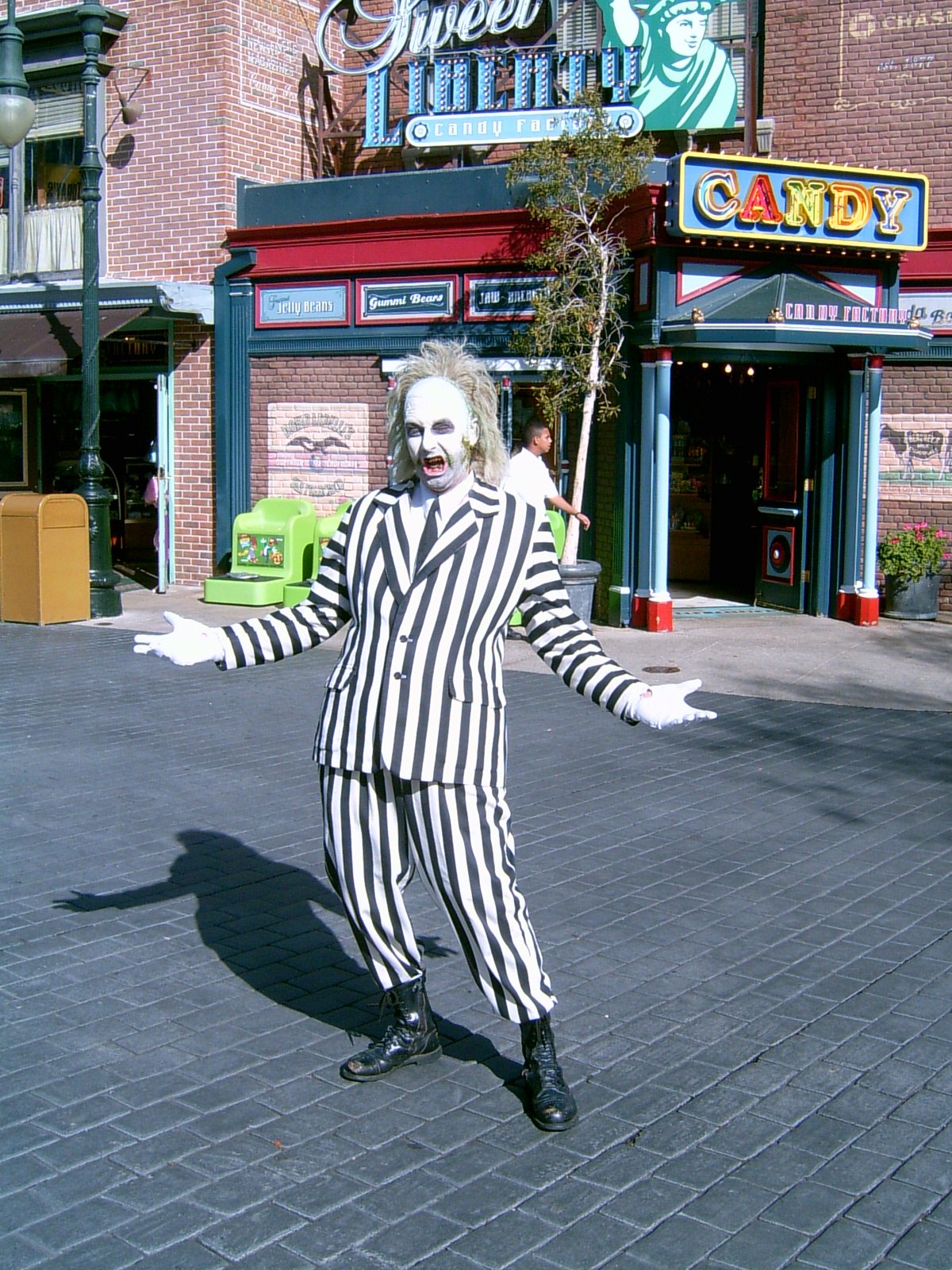
Beetlejuice is famous for its chaotic energy, but few realize how much of the madness was improvised. Michael Keaton filmed his part in just two weeks, inventing much of Beetlejuice’s bizarre personality on the spot. The film’s visual effects, designed to look like old-school stop-motion, were a conscious choice to make the afterlife feel both goofy and unsettling. Director Tim Burton gave the cast almost free rein, resulting in moments that are both hilarious and disturbing. Even the studio doubted the movie’s appeal, expecting it to flop. Instead, Beetlejuice became a cult sensation, proof that a little weirdness goes a long way.
Top Gun and the Hidden Realities of Filming

Top Gun is known for its adrenaline-pumping aerial dogfights, but making the film was anything but glamorous. The actors spent hours cramped in real fighter jets, often getting sick during flight scenes. Tom Cruise pushed for authenticity, insisting on doing many of his own stunts. The famous volleyball scene became iconic, but it was shot in sweltering heat, with the cast covered in baby oil to enhance their muscles. The Navy’s cooperation came at a price—the script was tweaked to portray the military in a positive light. These behind-the-scenes truths add a layer of grit to the film’s glossy surface.
Gremlins’ Mischievous Hidden Rules and Easter Eggs
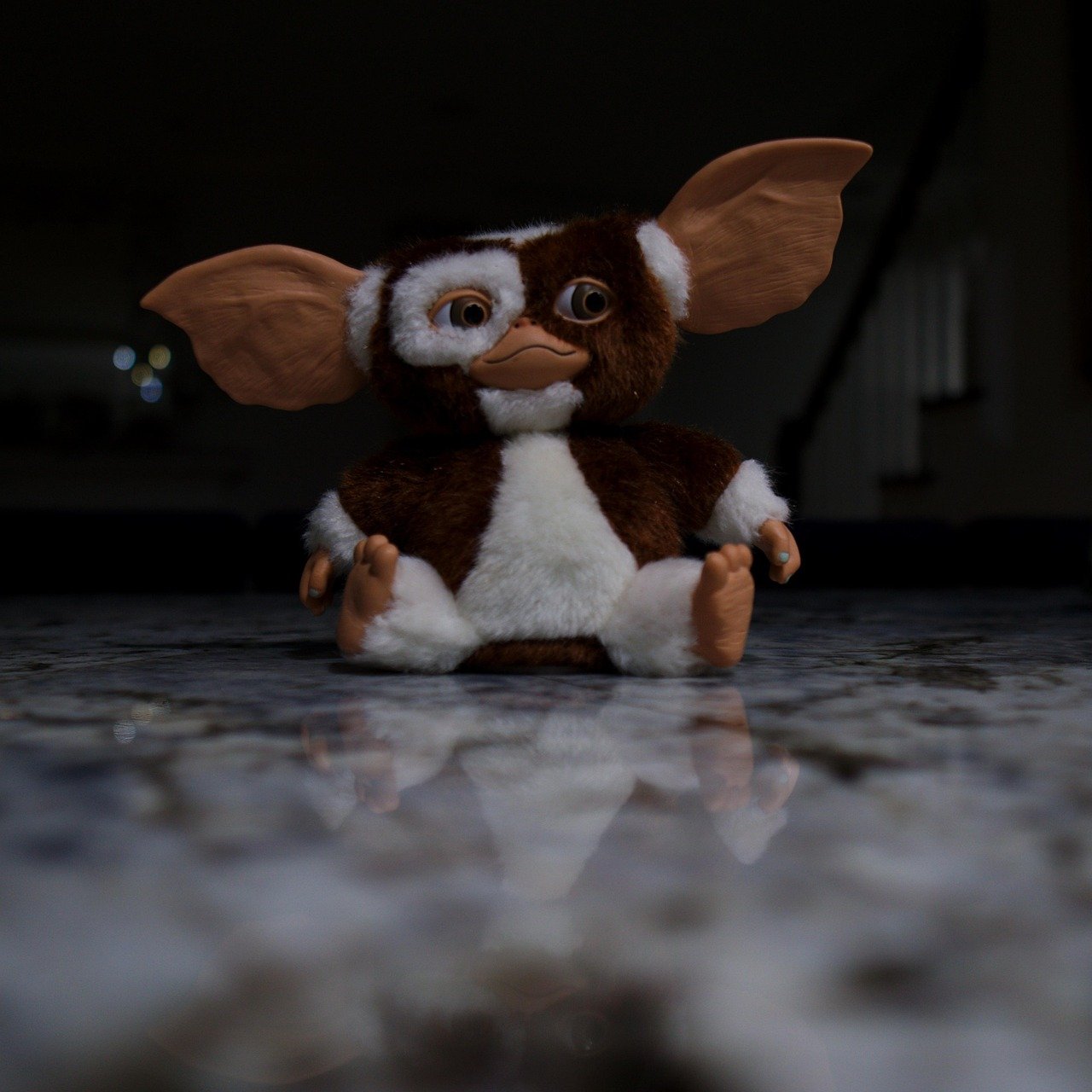
Gremlins might look like a cute creature feature, but it hides a maze of secret rules and inside jokes. Director Joe Dante packed the film with references to old monster movies, including cameos by classic horror actors. The infamous “no feeding after midnight” rule was intentionally left vague, sparking decades of fan debate. The gremlins’ mischief mirrored the chaos on set—puppets malfunctioned constantly, leading to unexpected hilarity. Even the town of Kingston Falls is a nod to Back to the Future, sharing the same set. Gremlins is a love letter to movie madness, rewarding viewers who pay close attention.
Footloose and the Town That Sparked a Revolution
Footloose tells the story of a town that bans dancing, but its inspiration was shockingly real. The film was based on events in Elmore City, Oklahoma, where dancing was prohibited until the 1980s. Kevin Bacon’s rebellious energy channeled the spirit of teens everywhere longing for freedom. The climactic warehouse dance was improvised, as Bacon’s stunt double got injured. The film’s soundtrack became a cultural phenomenon, with songs like “Let’s Hear It for the Boy” topping charts. Footloose’s message about breaking free from outdated rules struck a chord, inspiring real-life change and countless dance parties.
Who Framed Roger Rabbit and Its Technical Marvels
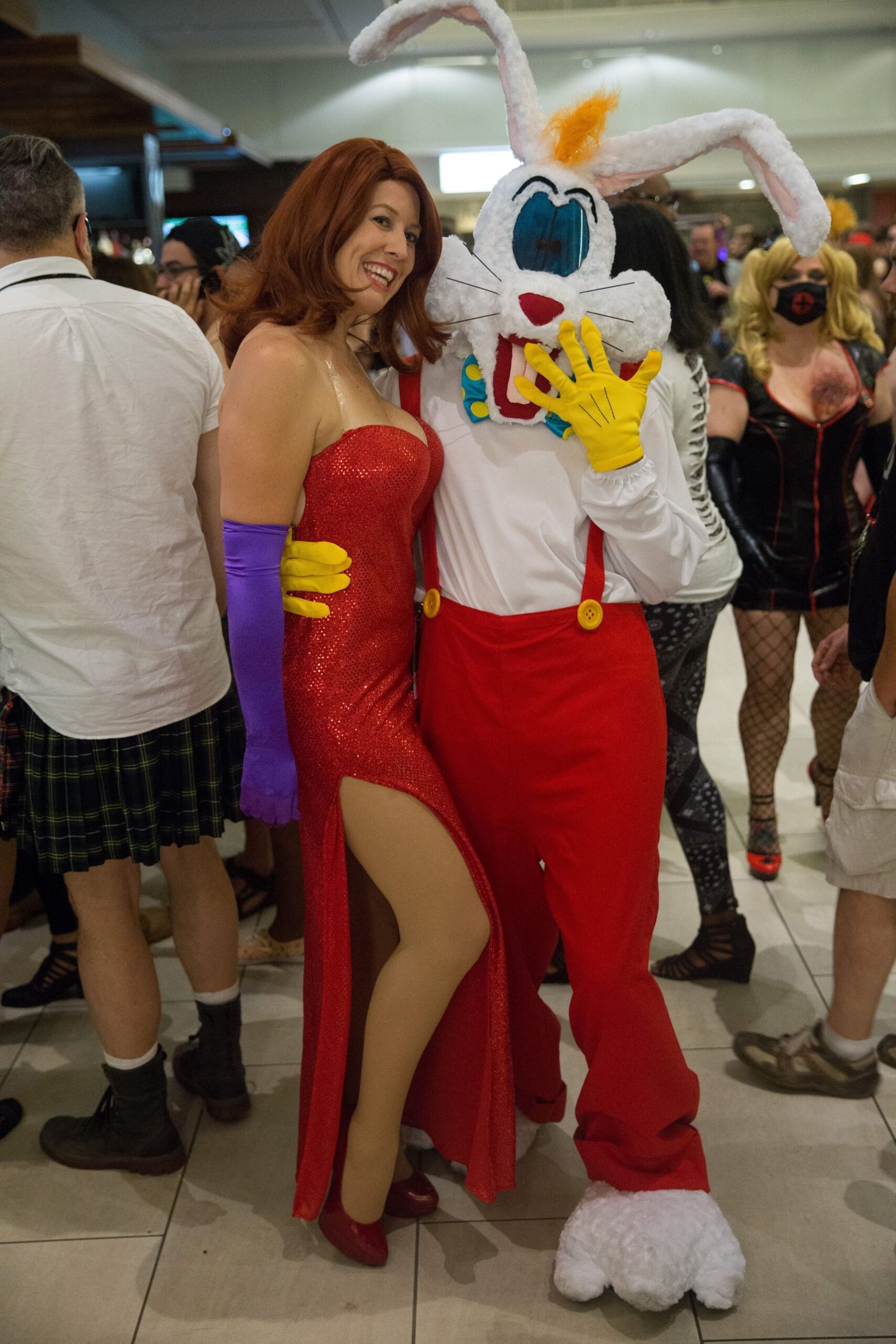
Who Framed Roger Rabbit blurred the line between cartoons and reality, but its technical achievements were quietly groundbreaking. Animators painstakingly drew characters frame by frame, matching them to live-action footage—a process that took years. The film united beloved characters from Disney, Warner Bros., and other studios, a legal feat that had never been done before. Director Robert Zemeckis demanded perfection, reshooting scenes until the animation blended seamlessly. Even the actors performed with stand-ins or empty air, trusting the magic would come together later. The film’s hidden brilliance lies in the illusion—it made us believe cartoons could live among us.
The NeverEnding Story’s Heartbreaking Behind the Scenes
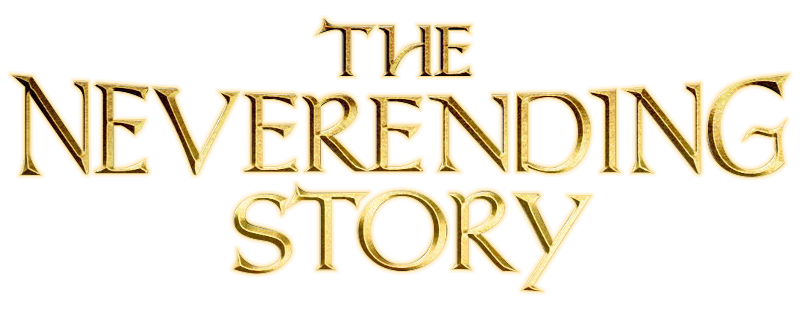
The NeverEnding Story enchanted children with its fantasy world, but the production was filled with real-life challenges. The young cast faced grueling shoots, with Noah Hathaway (Atreyu) nearly drowning during the infamous Swamp of Sadness scene. The animatronic Falkor required a small army to operate, breaking down constantly. Director Wolfgang Petersen fought for emotional honesty, pushing the children to deliver tearful performances that still move audiences today. The film’s theme of loss and hope feels even more powerful when you know the struggles behind the camera. Watching The NeverEnding Story is like peering into a dream built on both wonder and hardship.
Ferris Bueller’s Day Off Hidden Chicago Love Letter

Ferris Bueller’s Day Off isn’t just a high school fantasy—it’s a secret love letter to Chicago. Director John Hughes grew up in the city and filled the film with tributes to its art, music, and culture. The parade scene, featuring Ferris singing “Twist and Shout,” was shot during a real festival, with unsuspecting onlookers joining the fun. Every location, from the Art Institute to Wrigley Field, was chosen to showcase the city’s spirit. Hughes believed Chicago represented the heart of America, and his affection shines through every frame. The film is a celebration of freedom, friendship, and the joy of playing hooky in the best city on earth.

